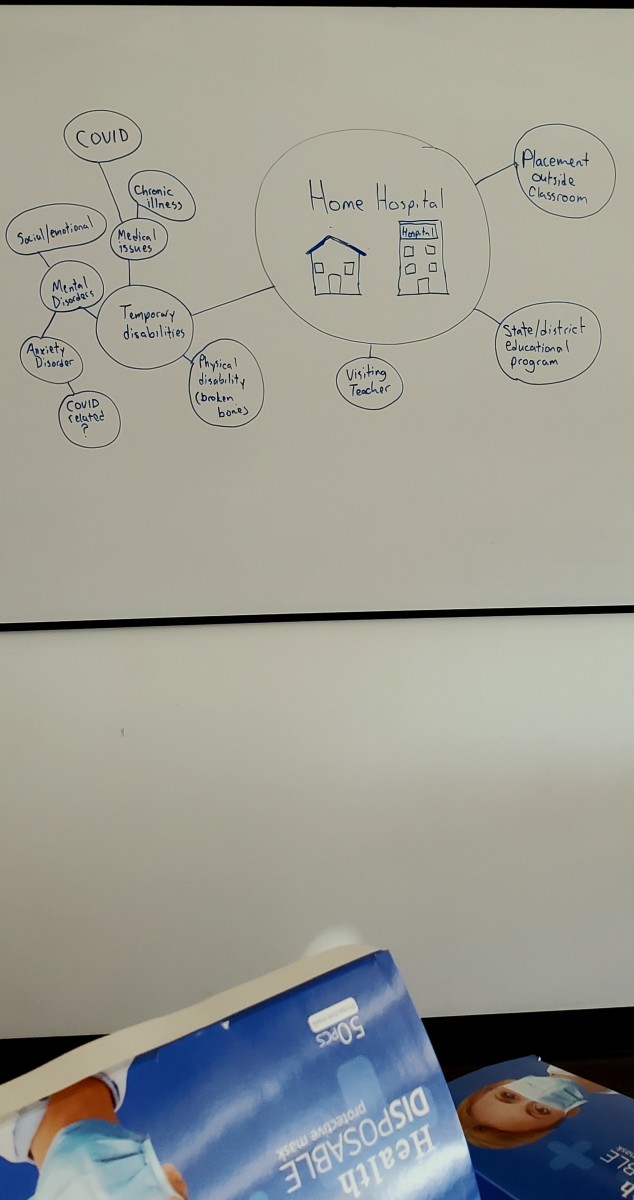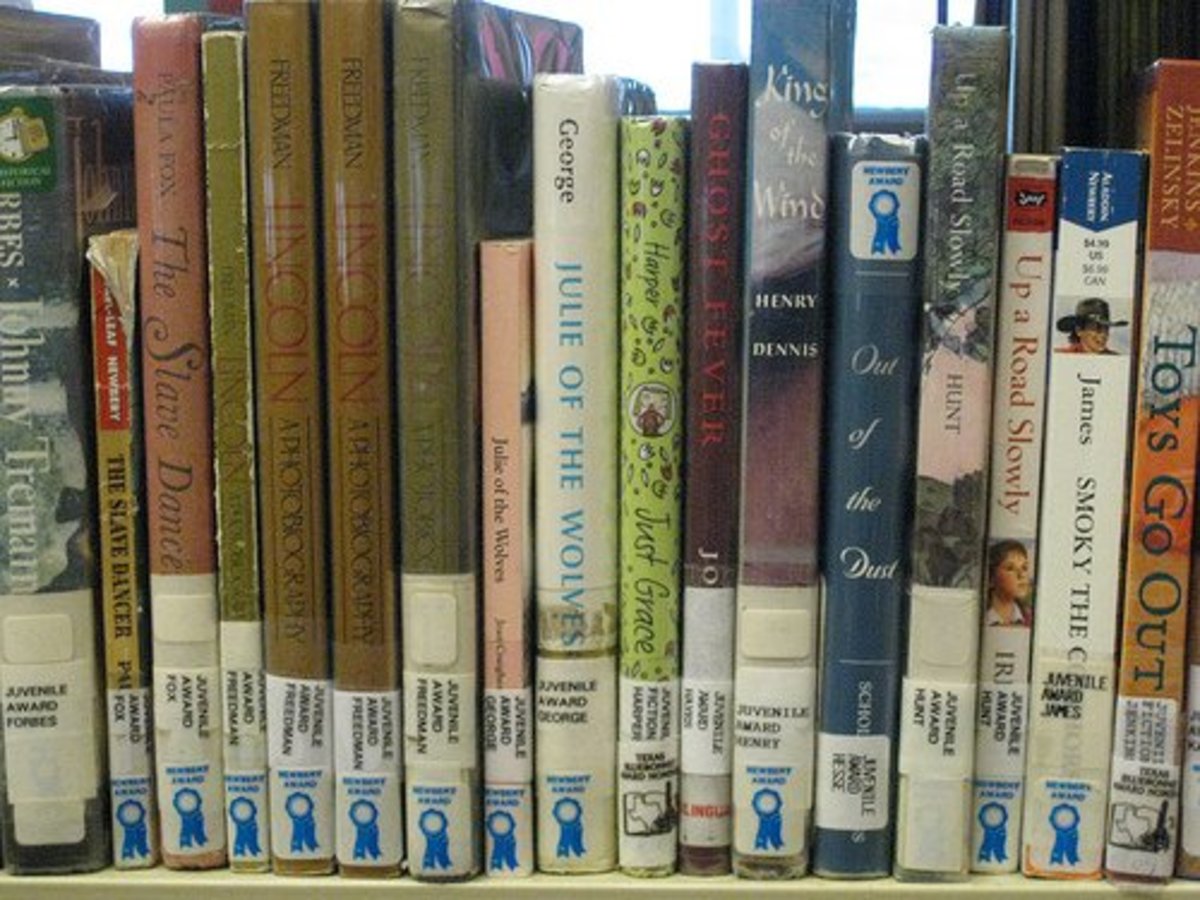Violence in School
“Judgment Day, as they call it, was to begin at 11:17a.m. But the bombs didn’t go off. After two minutes, they walked toward the school and opened fire, shooting randomly and killing the first two of their thirteen victims. And they headed into the building” (Gibbs 8). A compelling account, published by Time magazine, which detailed the killing spree of Eric Harris and Dylan Klebold, clarified the events that unfolded before and after the tragedy at ColumbineHigh School. According to the Constitution Rights Foundation, three million young people in the United States became victims to crime at school and almost two million of these altercations involve violence (CRF 1). Unfortunately, there is a multitude of causes that can be directly attributed to violence in our sanctuaries of learning, but four stand out: delinquent peers, substance abuse, child abuse/neglect, and the media portrayal of violence.
Delinquent peers can bring many forms of bad baggage with them when they do come to school. These are the disruptive kids in class and the ones who will attempt to persuade others to join in on their misguided path. Because of the lack of parental control, their attitude can be that of the unreachable student who fails to see the urgency and the need of a formal education. Homework assignments become non-existent and, in turn, lower test grades reflect their non-effort, which compounds the disintegration of their non-education, and in many cases dropping out of school becomes their option. Furthermore, these students tend to fall prey to persuasive gang-related-activity and this becomes the proverbial “the straw that broke the camel’s back”. These students fall far behind their peers, and when attempts are made to attend school and they feel ridiculed from the lack of knowledge, acting out violently becomes their only means of expression.
Substance abuse by students can be classified in to two categories. The first category reflects a student with no sense of direction and turns to drugs as a guide. The second type of student is the one succeeding and because of societal pressure feels the need to excel further in their academics and/or athletic abilities.
The free spirit of the drug and alcohol culture of the sixties has become the evil our parents warned us about. Over the years, the so called “recreational drugs” have become more dangerous and potent. Students, who become everyday consumers and desiring a better high, may turn to stronger and more addicting drugs such as cocaine and its derivative, crack, which pushes them further away from their needed education. What once was experimentation by college age students with marijuana has progressed to third and fourth grade age children dealing drugs in elementary school.
On the flipside, there is such an emphasis on exceptional academic and/or exemplary physical achievements that a student who is expected to succeed or want to succeed, may turn to drugs to cram or keep alert in class. Student athletes may feel that steroids are the only answer to be stronger and bigger to be able to compete at a certain level of competition. Our society has become a society of demanding a pill to fix every problem. Households can have sizeable quantities of prescription and over-the-counter medications. Alcohol can easily be overlooked as a problem because of its legal possession and this can be found in cough syrups as well as distilled spirits. No matter the category a student falls in to there is always a level of violence that is associated with substance abuse that can overflow into the class room setting in one form or another.
It is a known fact, as humans, we all need to feel loved and accepted. Think about it! As adults, we can have times when we don’t feel appreciated at work or loved at home, but we have the maturity to work through these periods and move on with our lives. But the same situation applied to an immature child who does not have the skill sets or ability to overcome these situations will in time create a behavior that is unacceptable in the school setting or even society. Children need love, support, and involvement from their parents, family and peers to overcome the challenges that face them today. Unfortunately, there is an ever increasing level of single parent households as well as families where both parents work outside the home. Both situations can have diverse effects on the children in that home with the lack of parental control or involvement in school. Conflicting reports reflect an increase or decrease in child abuse, but Child Protection Services, across America, report approximately 896,000 children were found to have been victims of abuse or neglect—an average of more than 2,450 children per day (Lannelli).
Media of all types, over the last thirty years, has become more violent and explicit in nature. Movies and television shows which glamorize this content and are viewed by young children, in time, will desensitize their young impressionable minds. News agencies, chasing ratings, will broadcast and sensationalize stories containing violence, but give minor air time to any admirable stories of kindness. Question a student; find out if they know more about the latest action hero or the relationship of movie star than that of a local group trying to improve the quality of their education. The acceptability of violence and unacceptable behavior outside of school can give the impression that this can be acted out in school.
As stated before, these causes are not the only reasons for violence in our schools today, but definitely have to be considered as major concerns to be addressed. We must reach out to the children in danger from failure from gangs and delinquent behavior. Parents, teachers and the community must be vigilant in their efforts to monitor for substance abuse, child abuse/neglect, and the media. As a society, we must take care of the most valuable asset that we posses, our children. However difficult or impossible the task, we must apply a concerted effort to overcome these issues if the future is be assured.
Works Cited
The Columbine Tapes. Ed. Nancy Gibbs, and Timothy Roche. 20 Dec. 1999. TIME.com. <http://www.time.com/time/magazine/article/0,9171,992873,00.html>.
The Challenge of School Violence. Ed. CRF. Constitutional Rights Foundation.
<http://www.crf-usa.org/violence/school.html>.
Child Abuse Statistics. Ed. Vincent Lannelli. About.com. Oct 2006 <http://pediatrics.about.com/od/childabuse/a/05_abuse_stats.htm>.







